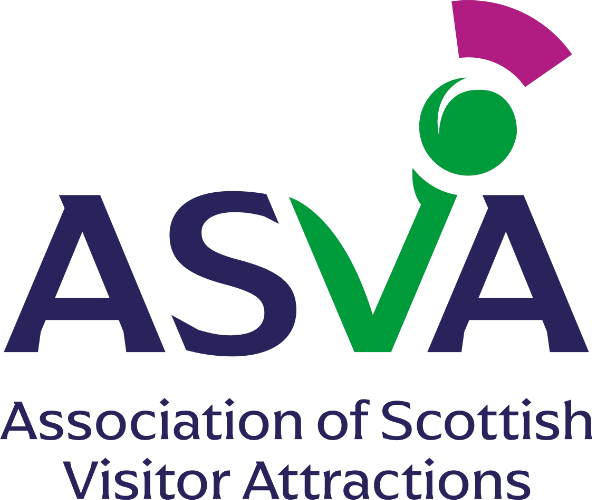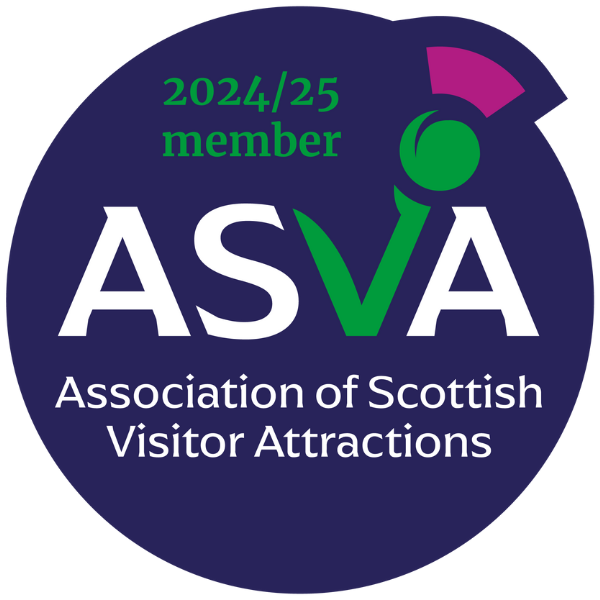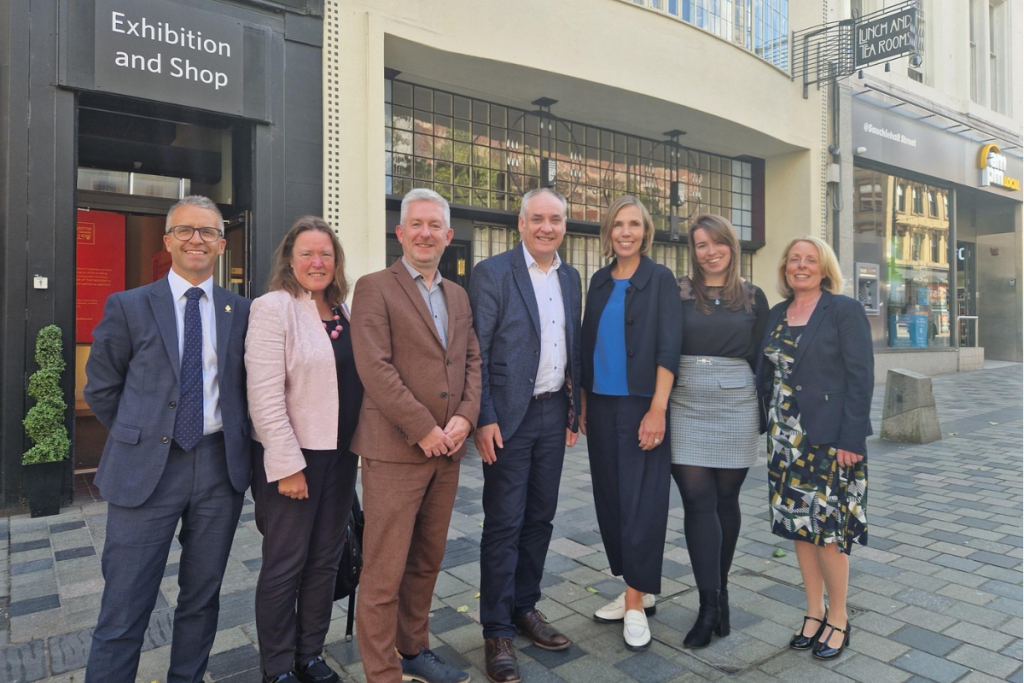Booking for the 2025 ASVA Conference are now open! Take advantage of the best rates and book your Super Early Bird Ticket here.
Following the recent announcement by VisitScotland regarding the retirement of the current Quality Assurance scheme, ASVA has been actively consulting with members to assess the sector’s needs. The feedback has made it clear that a new, improved Quality Assurance scheme is necessary. After careful consideration, we are pleased to share that ASVA intends to launch a new scheme owned and guided by the industry that will be open to all ASVA members and identified categories of businesses determined as part of the scheme design process. This initiative will operate on a break-even basis, aligning with our goal to support and develop Scottish attractions, with the aim to start in April 2025.
In creating this new scheme, we have worked closely with members, industry experts and stakeholders to ensure it addresses the diverse needs, challenges, and opportunities facing Scotland’s attractions. We will continue to work closely with VisitScotland to look at what complimentary industry advice and support they can offer ASVA members as they develop their new model of business support. Our approach is driven by the following core principles, designed to ensure that the new Quality Assurance scheme not only meets, but exceeds, the expectations of the industry and the attractions it serves.
Core Principles of the New Scheme:
- Commitment to World-Class Standards: By incorporating international best practices, we aim to deliver a globally recognised quality scheme.
- Industry-Owned and Agile: The new scheme will be led by ASVA, with the industry actively guiding its strategic and operational development.
- Enhanced Star Grading and Marketing Content: We will continue to provide star gradings while adding new branding and content support to empower our members in marketing their attractions.
- Improved Training: Building on our current offerings, we plan to increase the quality, access, and availability of training specific to this new scheme.
- Data Dashboard and Targeted Learning: A new benchmarking dashboard will inform members about industry standards and support learning trips to improve quality.
While we expect the cost to be higher than the previous scheme, we believe the added benefits – industry-led standards, enhanced training, improved marketing support, and valuable data insights – provide the best value for members.
CEO of ASVA, Michael Golding said: “We are excited to bring forward a Quality Assurance scheme that truly reflects the needs of our industry. We are committed to our vision for world-class Scottish attractions, and the incredible experiences they provide to visitors from around the world, that underpin the success of Scotland’s tourism industry as a whole.”
Chair of ASVA, Paul Nixon said: “This scheme is being developed by the industry, for the industry. We encourage all members to participate in the ongoing consultation to shape a scheme that will drive excellence across Scottish visitor attractions.”
Our priority is to be industry and needs led, and we will communicate transparently and actively as we progress. We invite all members and industry stakeholders to provide feedback on this proposal and contribute to its success as we work together to develop a Quality Assurance scheme that meets the aspirations of our sector.
For further information or to provide feedback, please feel free to contact us:
Michael Golding
CEO, ASVA
Email: michael@asva.co.uk


